Texel Sheep
About 220 Texel Sheep are kept for breeding at the Eagles Ranch. The lambing season starts in the end of February every year. Lambing takes place in the large barn beside the private home.
Texel Sheep at The Eagles Ranch >>
Origin of the Texel Sheep
Sheep have been present on Texel for ages. Documents dating back as early as 1477 give us evidence about the presence of many flocks of sheep on the island of Texel. Until 1860 they were mainly so-called pijlstaarten, a polled, thrifty breed with good wool, but only moderately muscled. In approximately 1860 this breed was first crossed with Leicester Sheep and later with Lincolnshire Sheep. This improved both meatiness and their quality of wool.
The race
The founding of the Texel Sheep herdbook in North Holland in 1909 brought more structure to the breeding; the crossbreeding stopped and breed characteristics were established. Gradually the Texel Sheep developed into the sheep we know so well today.
When the herdbook was established, Texel Sheep were mainly found in the provinces of North Holland, but nowadays they appear in all parts of the world. A fully-grown ram approximately weighs 95 kilos and stands 70 centimetres at the withers. A fully-grown ewe weighs approximately 75 kilos and stands 68 centimetres at the withers.
Breeding goal at The Eagles Ranch
At The Eagles Ranch it is our goal to rear broadly developed, functionally-built Texel Sheep that are at the top regarding quality in growth, fertility and milk produce. We are aiming at maintaining the typical Texel sheep characteristics.
Breeding broadly has the advantage of growing better meat quality on strong, muscular sheep with a low percentage of fat. It will also result in smoother and easier lambing, which makes it possible to give birth to more lambs.
Offspring with typical breed features
Typical breed features are taken into account in order to maintain the Texel Sheep racially pure. A new study group among young Texel Sheep breeders has been formed who busy themselves mapping the growth of muscles and percentage of fat.
Offspring are mainly sold to Texel Sheep breeders in the Netherlands and countries such as Spain and Belgium.
For more information on Texel Sheep please contact:
- Henk Zoetelief
Mobile phone: 06-13223058
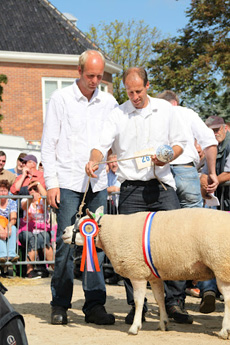 Texel Sheep breeders' day 2012
Texel Sheep breeders' day 2012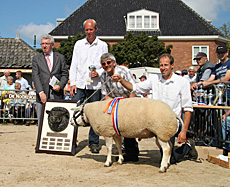 Texel Sheep breeders' day 2012
Texel Sheep breeders' day 2012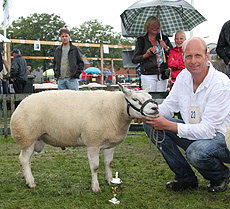 Texel Sheep breeders' day Opmeer 2012
Texel Sheep breeders' day Opmeer 2012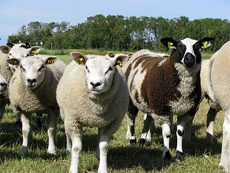 Texel Sheep
Texel Sheep 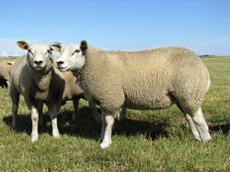 Texel Sheep
Texel Sheep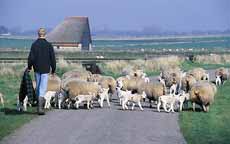 Flock of Texel Sheep
Flock of Texel Sheep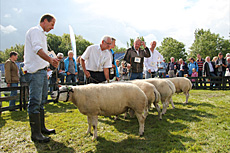 Texel Sheep breeders' day Opmeer 2012
Texel Sheep breeders' day Opmeer 2012 Texel Sheep breeders' day 2011
Texel Sheep breeders' day 2011 Texelse Sheep breeders' day 2011
Texelse Sheep breeders' day 2011